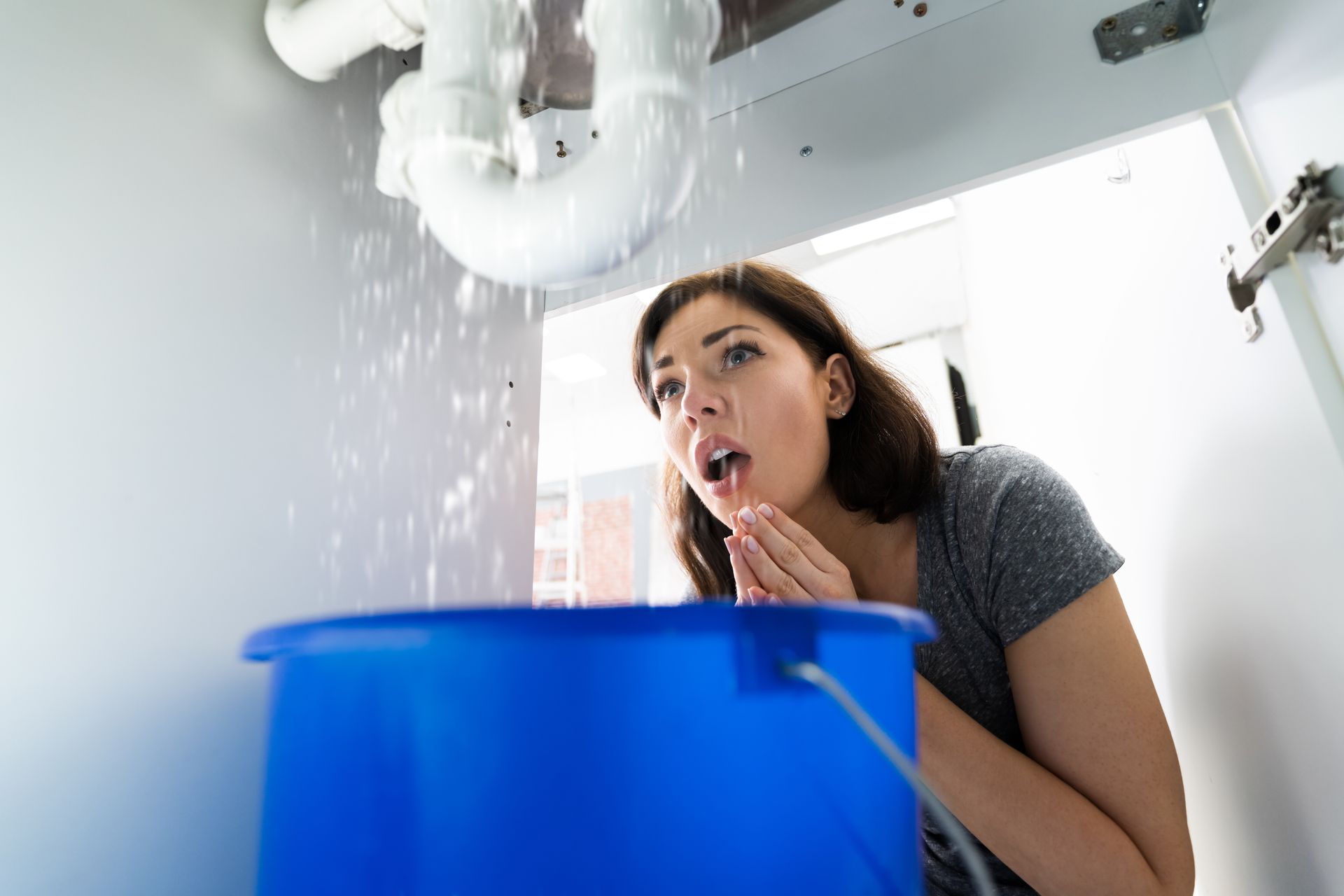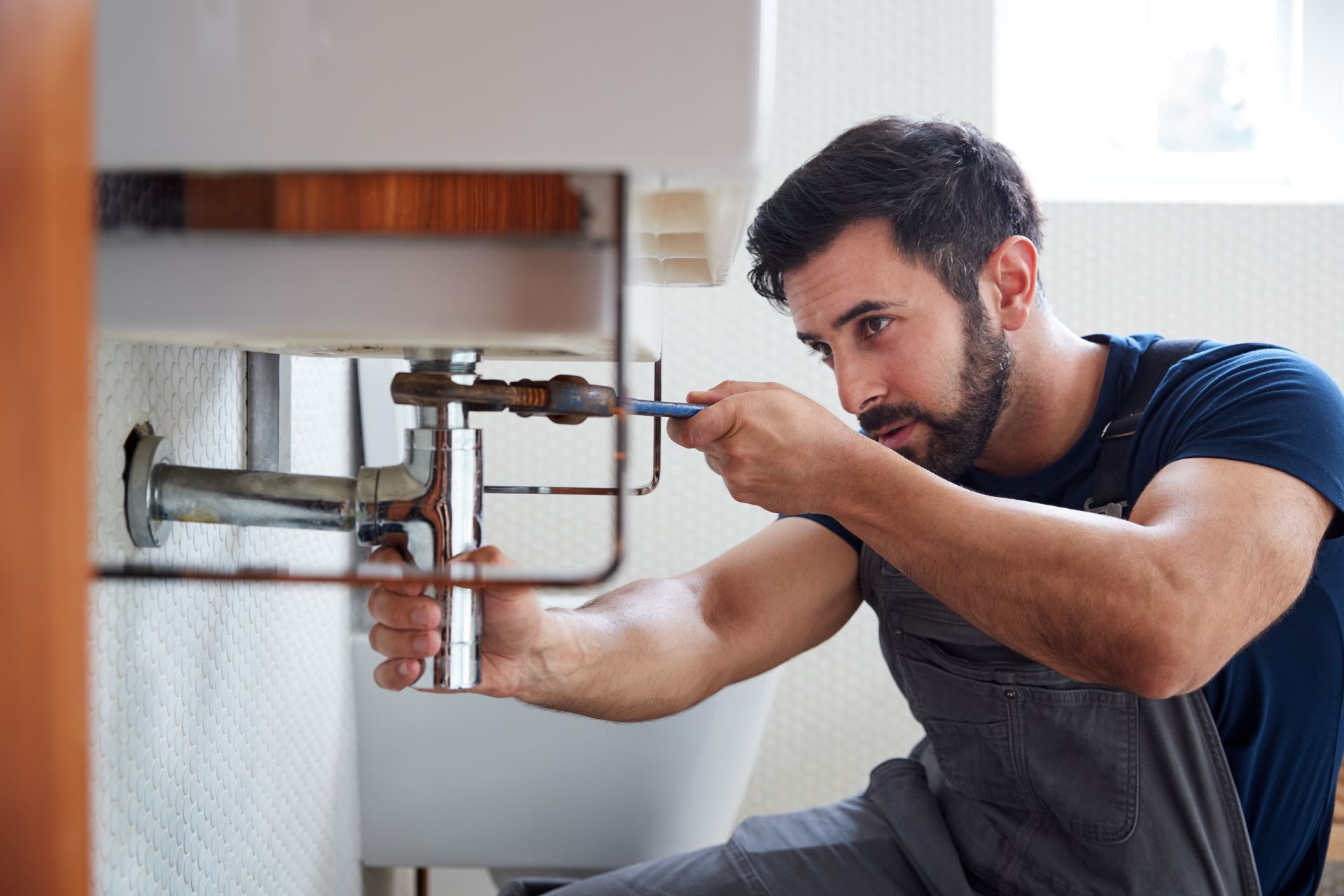Get in touch
richard.h@mhiplumbing.com
(760) 640-0337
The Local’s #1 Choice for Plumbing Services | Call or text us today (760) 640-0337
Should You Insulate Your Water Pipes?
When it comes to maintaining the efficiency and integrity of your plumbing system, insulating your water pipes is a topic worth exploring. While it may seem like a minor detail, insulating your water pipes can have significant benefits and considerations to keep in mind.
Benefits of Insulating Your Water Pipes
1. Prevention of Freezing
In colder climates, uninsulated water pipes are susceptible to freezing during winter months, leading to burst pipes, costly repairs and potential water damage. Insulating your pipes helps prevent freezing and ensures a steady flow of water, even in freezing temperatures.
2. Energy Efficiency
Insulating your hot water pipes can help reduce heat loss and maintain water temperature as it travels from the heater to your faucets and appliances. This can lead to energy savings and lower utility bills over time.
3. Condensation Control
Insulating cold water pipes can help prevent condensation buildup in humid environments, reducing the risk of mold and mildew growth and prolonging the lifespan of your plumbing system.
4. Reduced Noise
Insulating your water pipes can help dampen the sound of water running through the pipes, resulting in a quieter plumbing system and a more peaceful living environment.v
Considerations Before Insulating Your Water Pipes
“What Material Should I Use?”
While most metal and plastic pipes are suitable for insulation, certain materials may not require insulation or may require specialized insulation products.
“Which Pipes Should I Insulate?”
Determine where your pipes are located and assess their exposure to external temperatures. Pipes located in unheated areas such as crawl spaces, basements, or attics are more susceptible to freezing and may benefit from insulation.
“Are There Any Regulations for Insulating Pipes?”
Consider your local climate and building codes when deciding whether to insulate your water pipes. Some regions may have specific requirements or recommendations for pipe insulation to prevent freezing and ensure compliance with building standards.
“Can I Insulate My Pipes Myself?”
Proper installation of pipe insulation is critical for its effectiveness and longevity. Incorrect installation techniques or inadequate insulation coverage can lead to gaps, compression, or other issues that compromise insulation performance and may result in energy loss, condensation buildup, or freezing pipes.
Common problems DIYers encounter include:
- Improper installation
- Inadequate material selection
- Failure to comply to building codes and regulations
- Damage to pipes, fixtures, and surrounding structures
Consulting With a Licensed and Experienced Plumber
If you’re unsure whether insulating your water pipes is the right choice for your home, consult with a professional plumber for expert guidance and recommendations tailored to your specific needs and circumstances. Professional plumbers have the expertise and experience to assess your plumbing system, identify insulation needs, and recommend appropriate solutions tailored to your specific requirements.
Ready to optimize your plumbing system for efficiency and durability? Contact us today for a consultation and expert advice on insulating your water pipes!
Call or Text (760) 640-0337.
The post Should You Insulate Your Water Pipes? first appeared on MasterCraft Plumbers.


